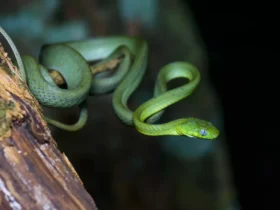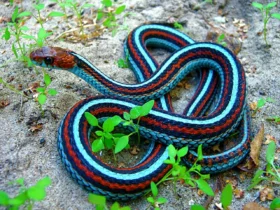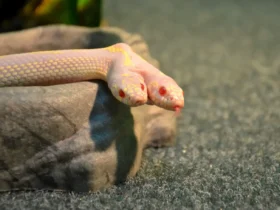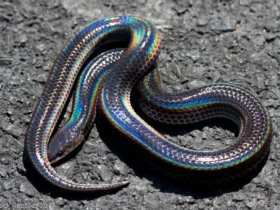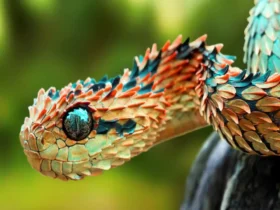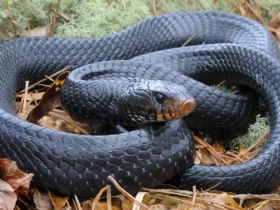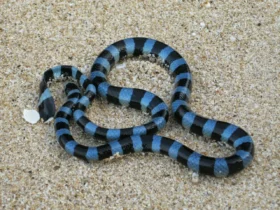The Red-bellied Black Snake (Pseudechis porphyriacus) is a unique and captivating reptile native to Australia. Despite its name, this species displays a distinct black coloration on its upper body while featuring a striking red or pink underside. Renowned for its slender form and stealthy nature, the Red-bellied Black Snake holds a prominent place in Australian biodiversity. In this article, we will explore the intriguing characteristics and behavior of this enigmatic snake, shedding light on its habitat, diet, and reproduction.
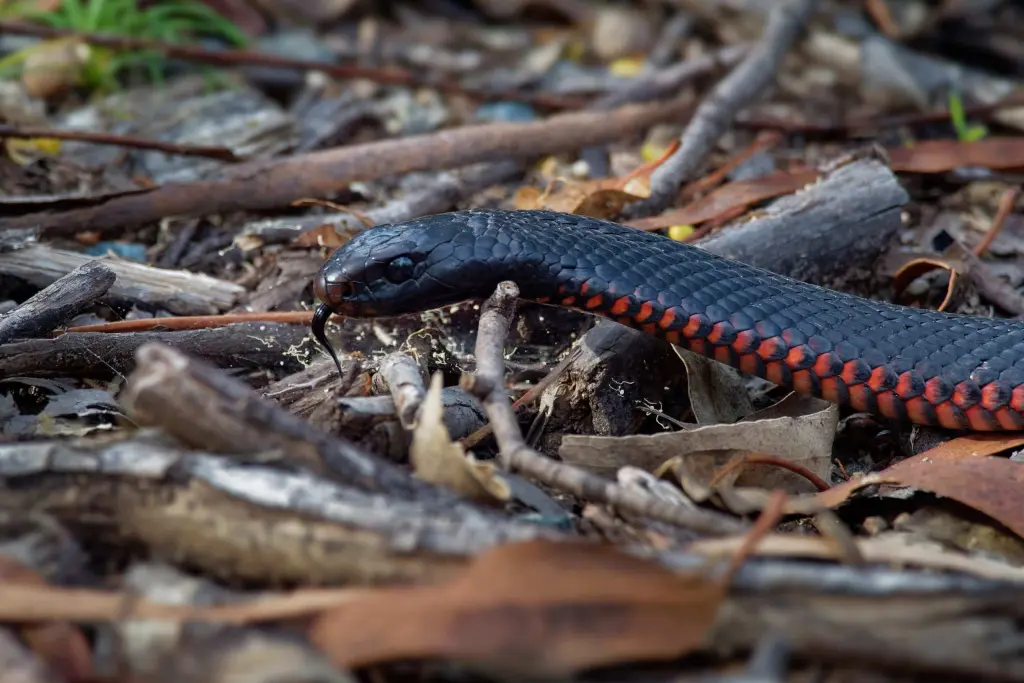
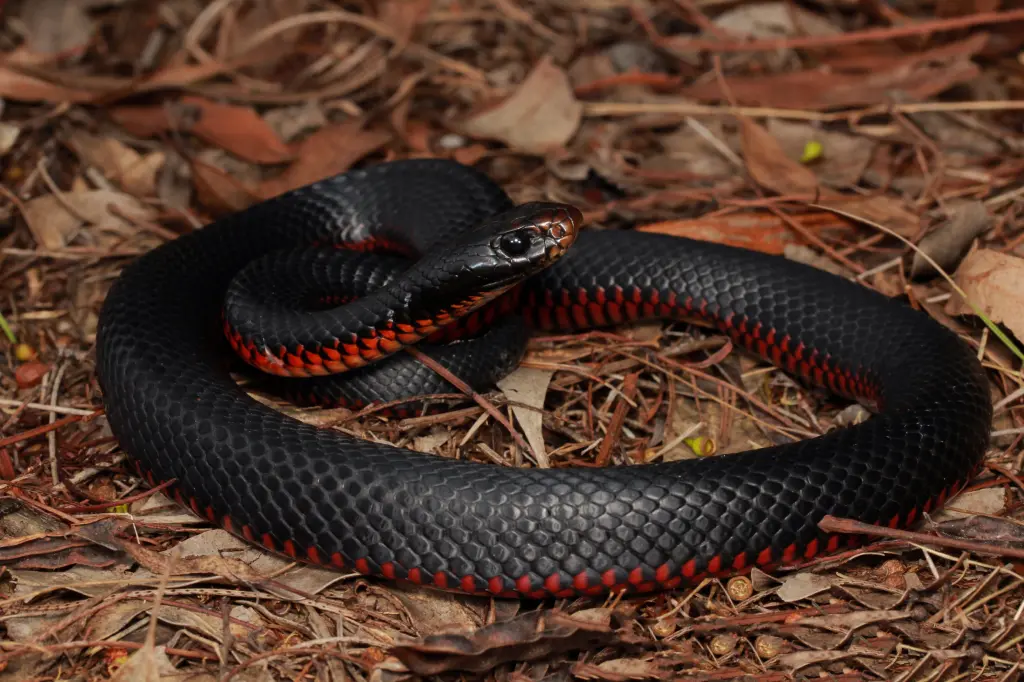
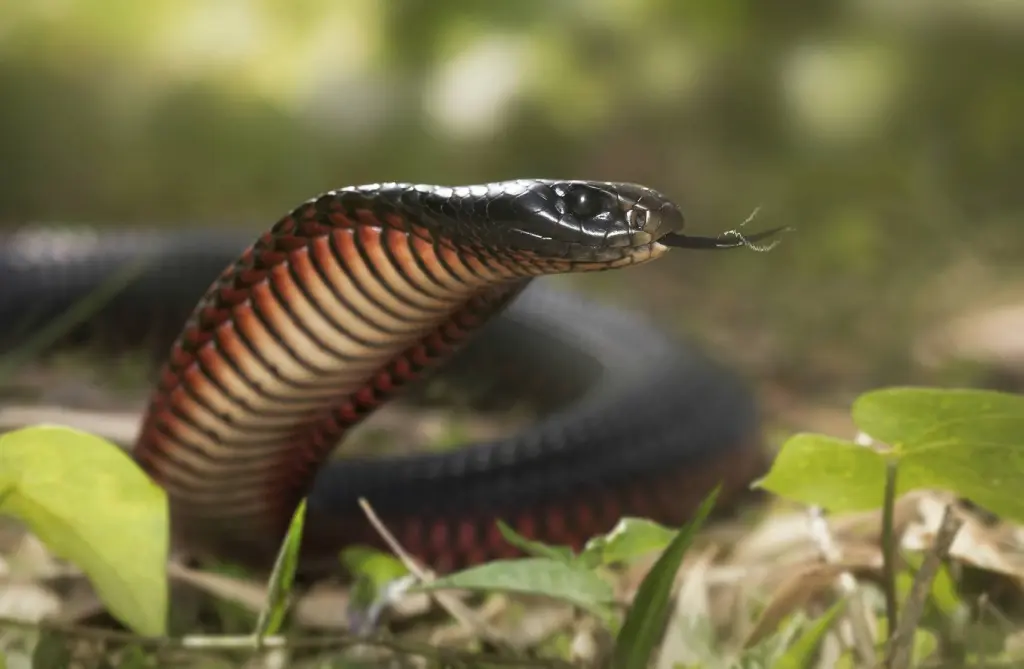
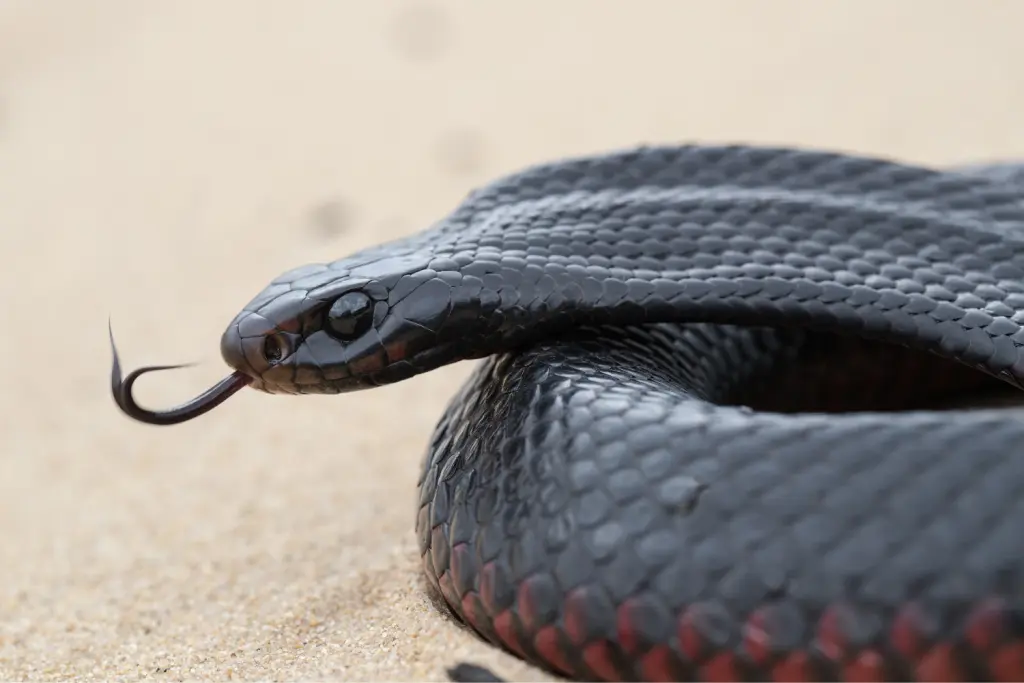
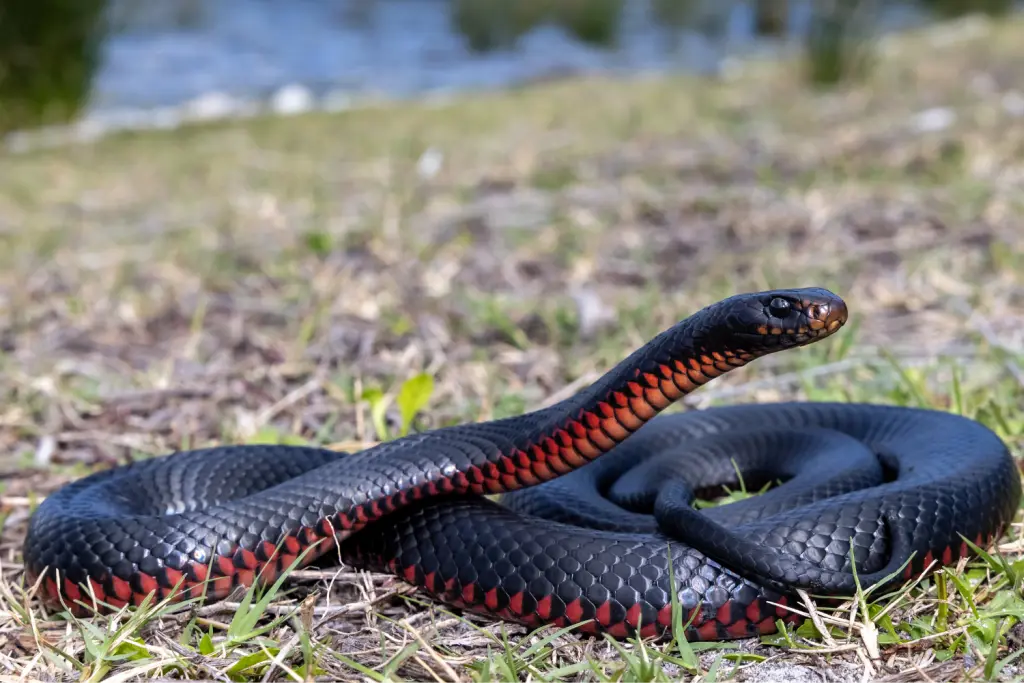
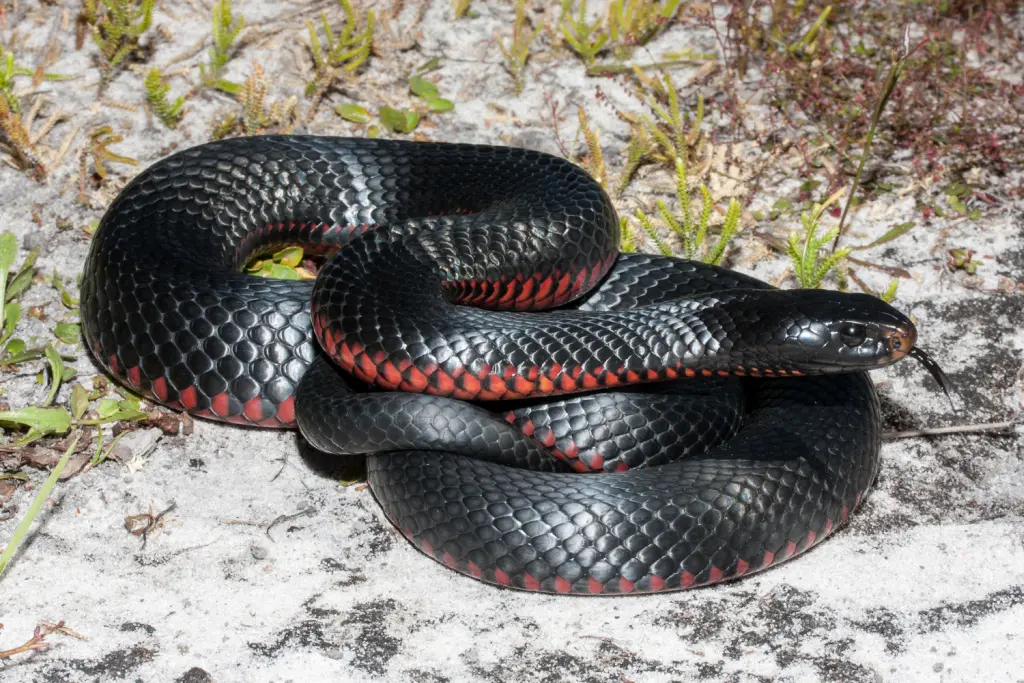
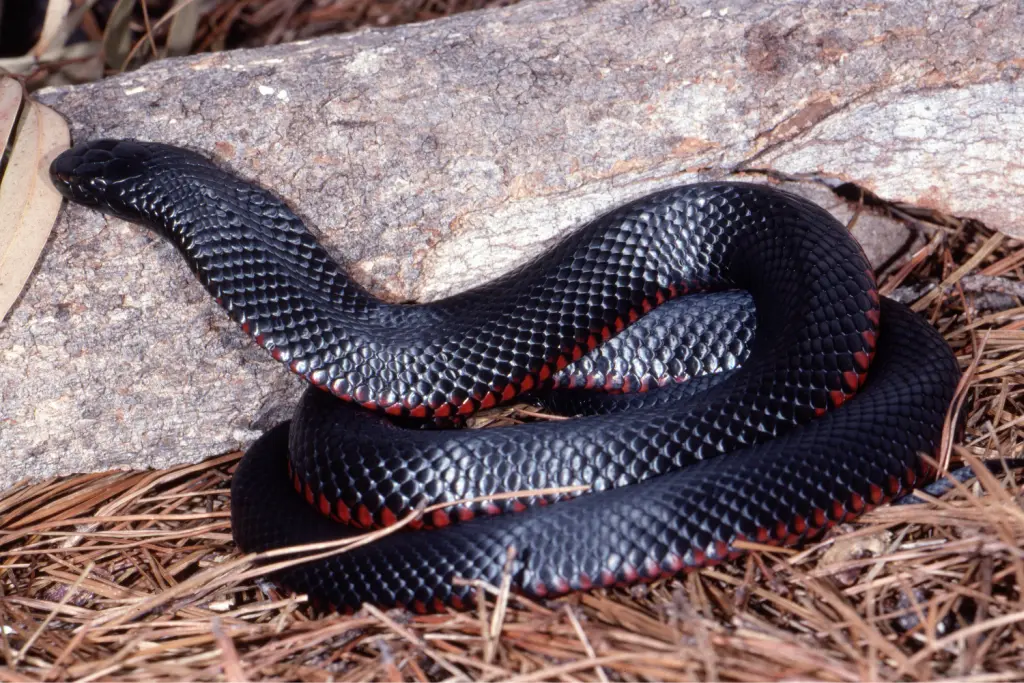

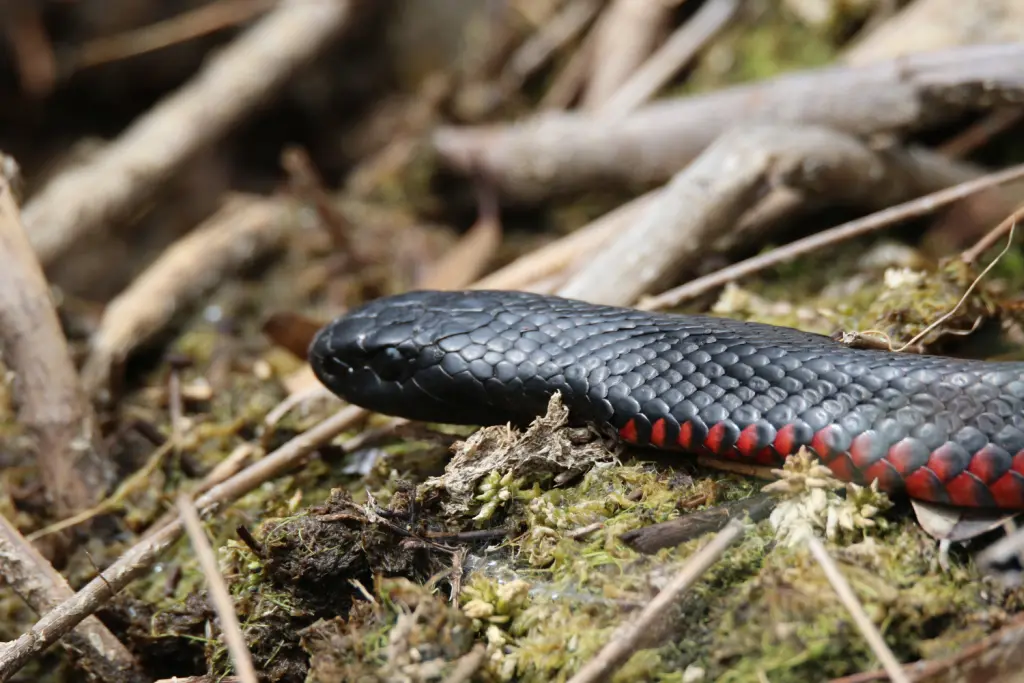
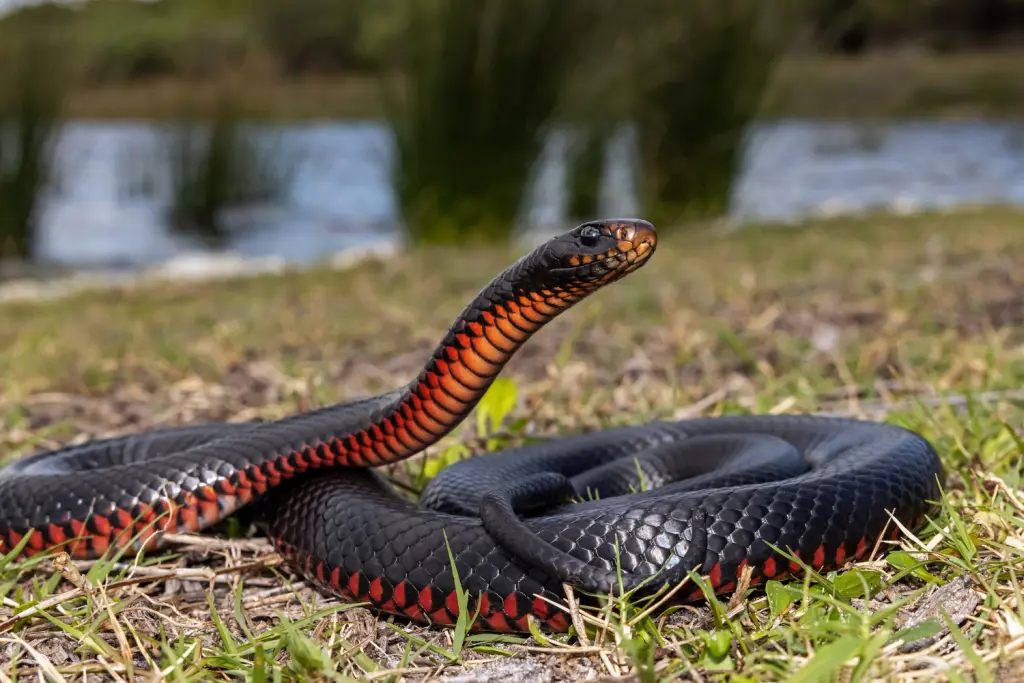
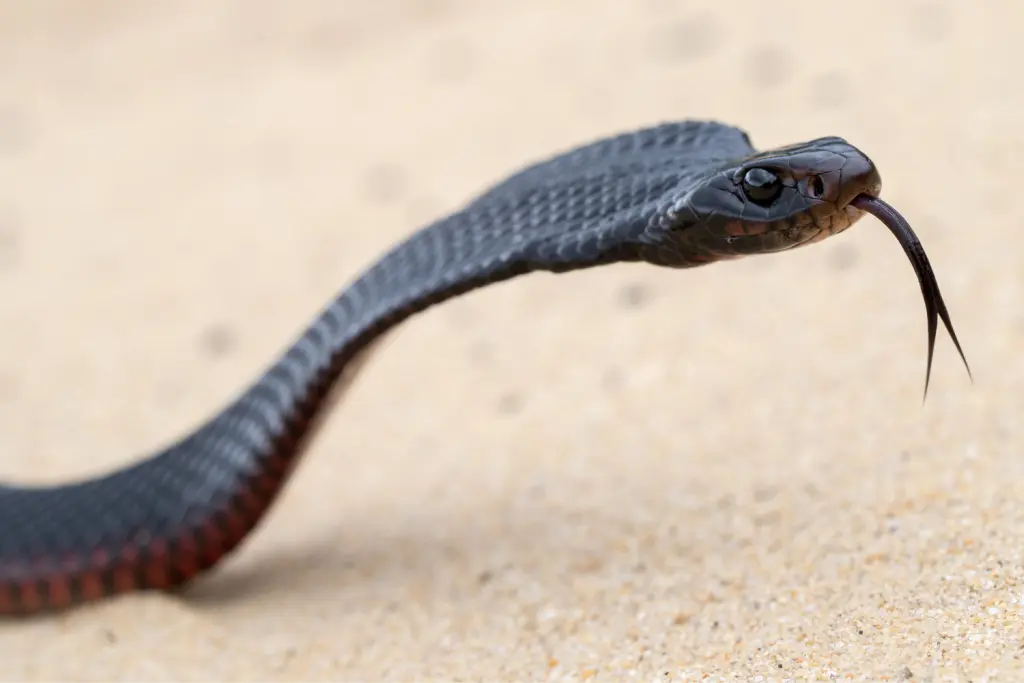
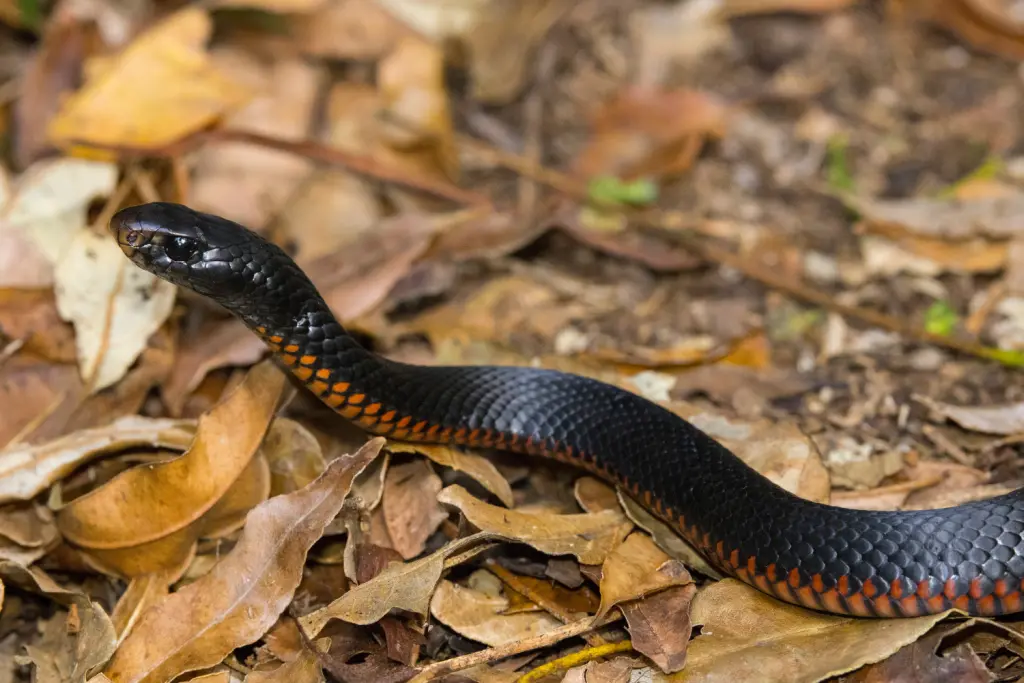
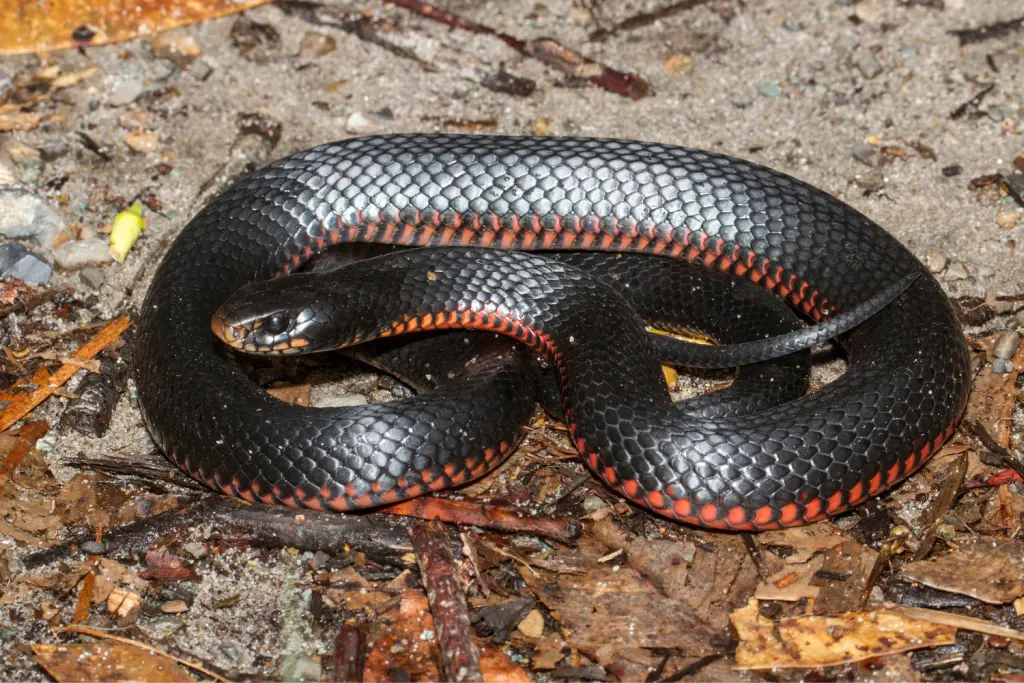
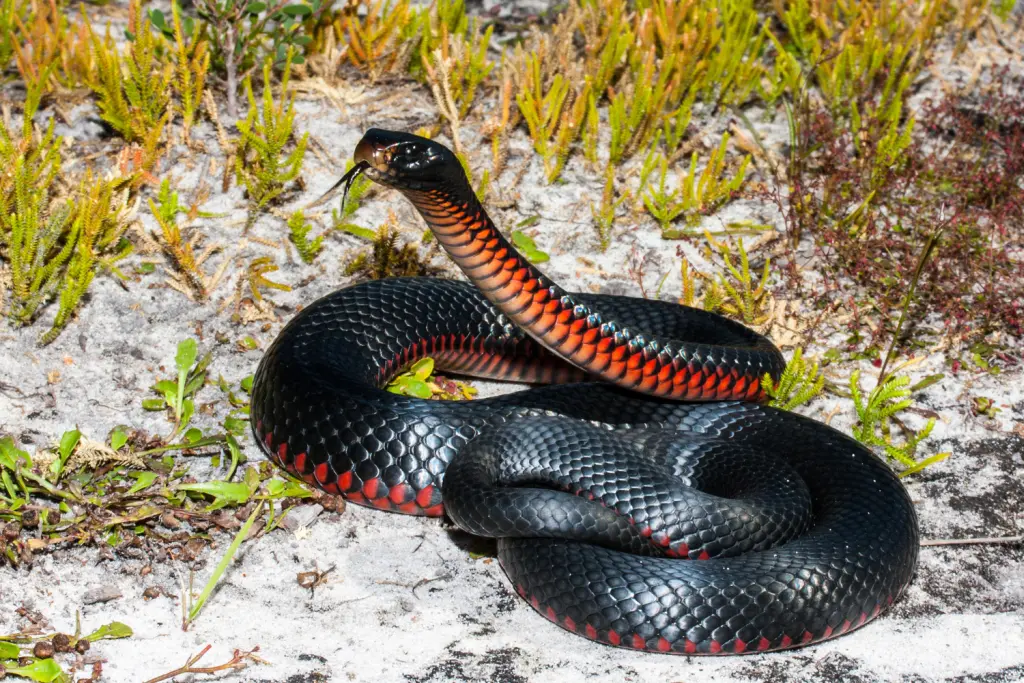

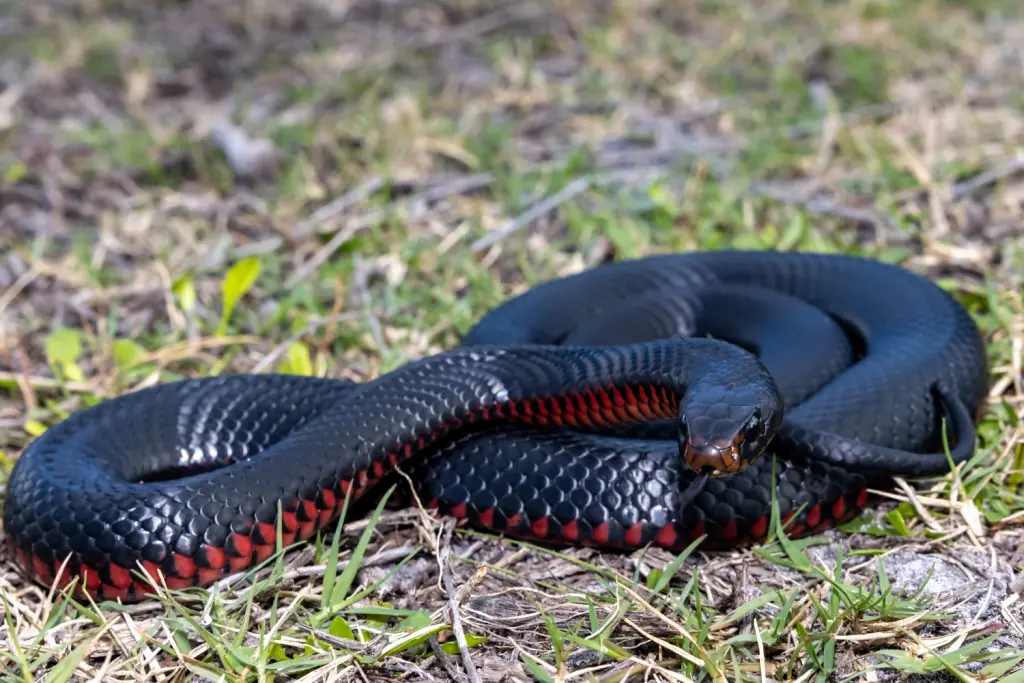
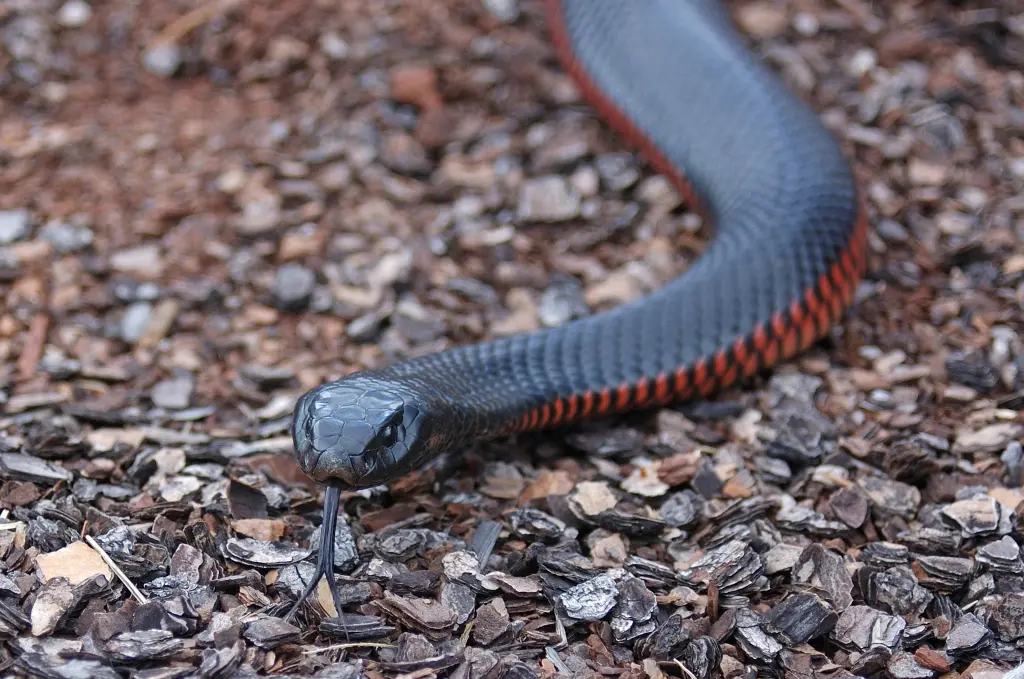
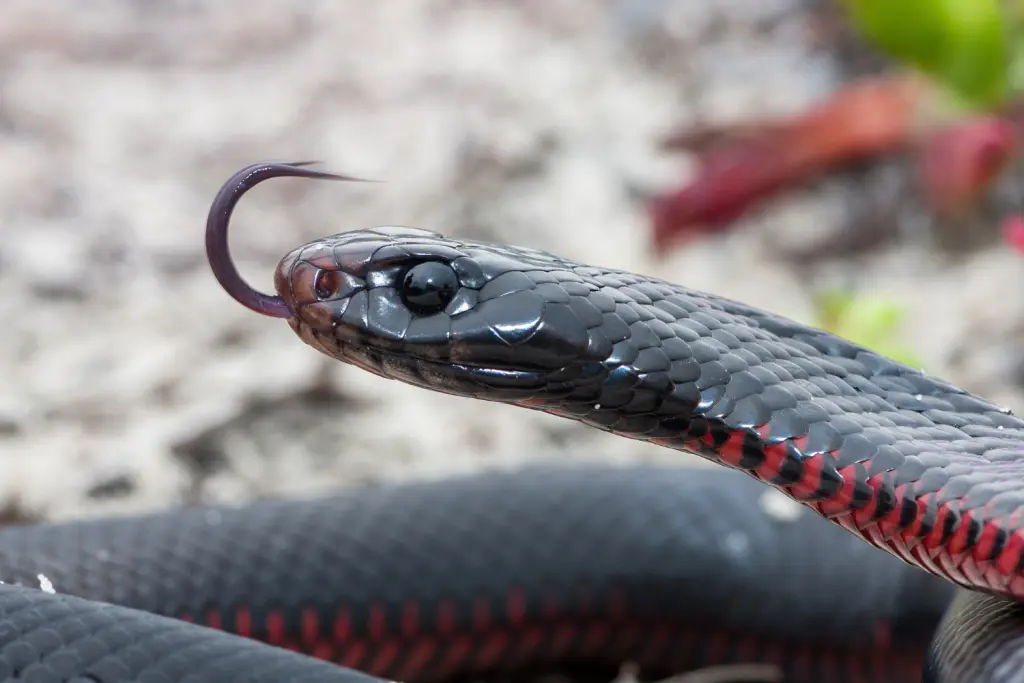

Appearance and Habitat
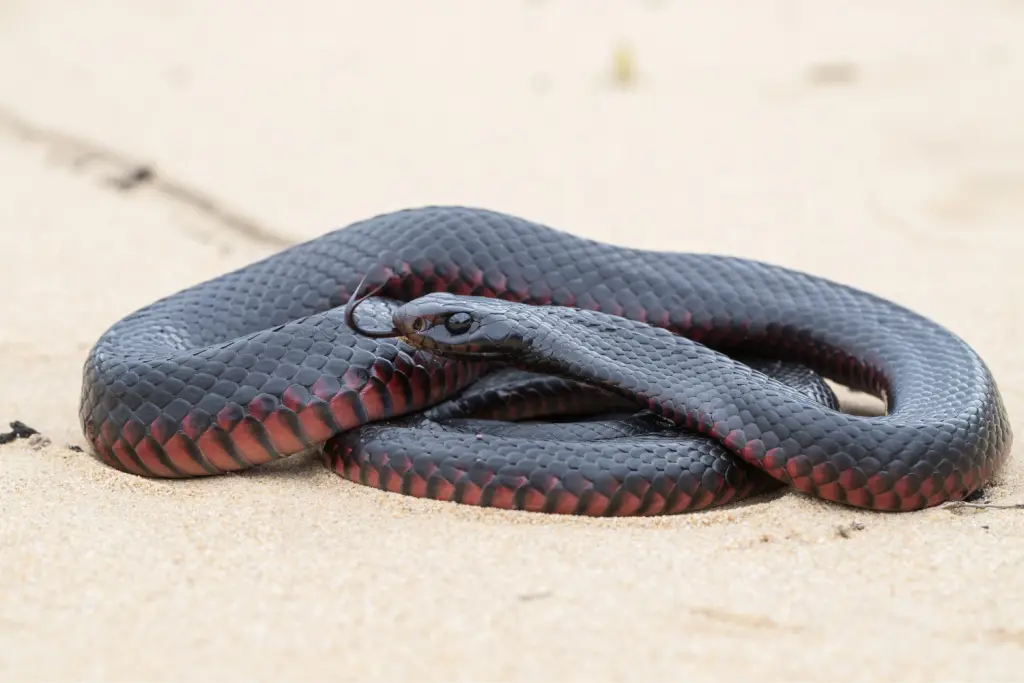
The Red-bellied Black Snake is easily identifiable by its glossy black scales that possess a subtle iridescence under sunlight. Although it varies in length, the average adult measures around 1.5 to 2 meters (5 to 6.5 feet). This snake species is commonly found in eastern and southeastern regions of Australia, where it inhabits a diverse range of environments. From woodlands and grasslands to wetlands and coastal areas, the Red-bellied Black Snake displays remarkable adaptability to different habitats.
Behavior and Diet:
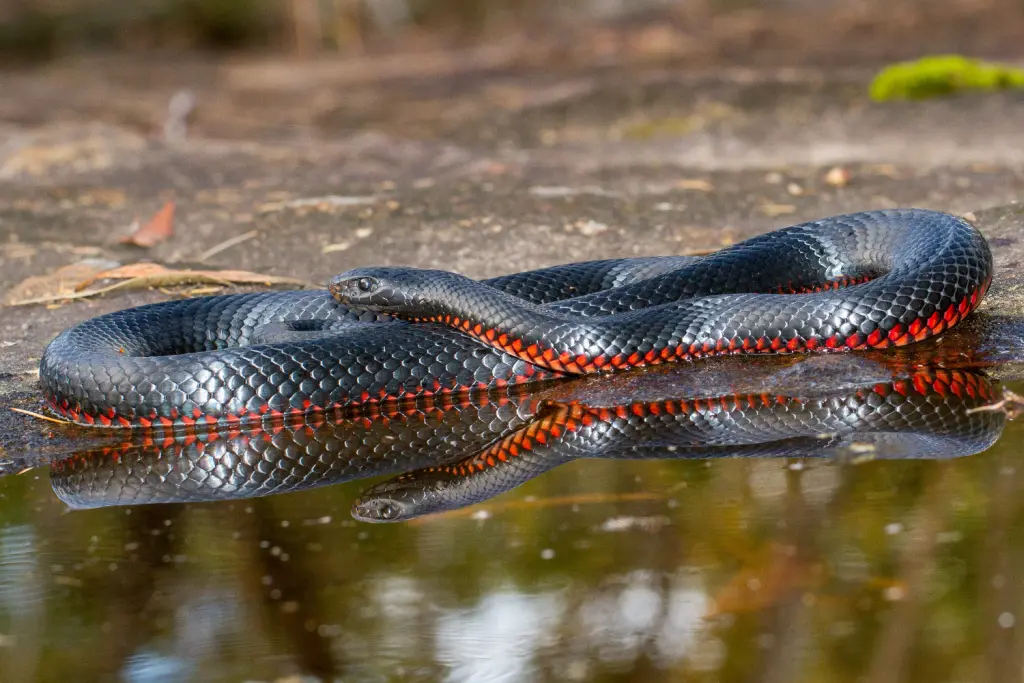
Red-bellied Black Snakes are diurnal creatures, preferring to hunt and explore during the daylight hours. They possess a calm disposition and are not inherently aggressive, tending to retreat rather than confront when encountering humans. While primarily terrestrial, they are also adept swimmers, allowing them to traverse aquatic environments with ease.
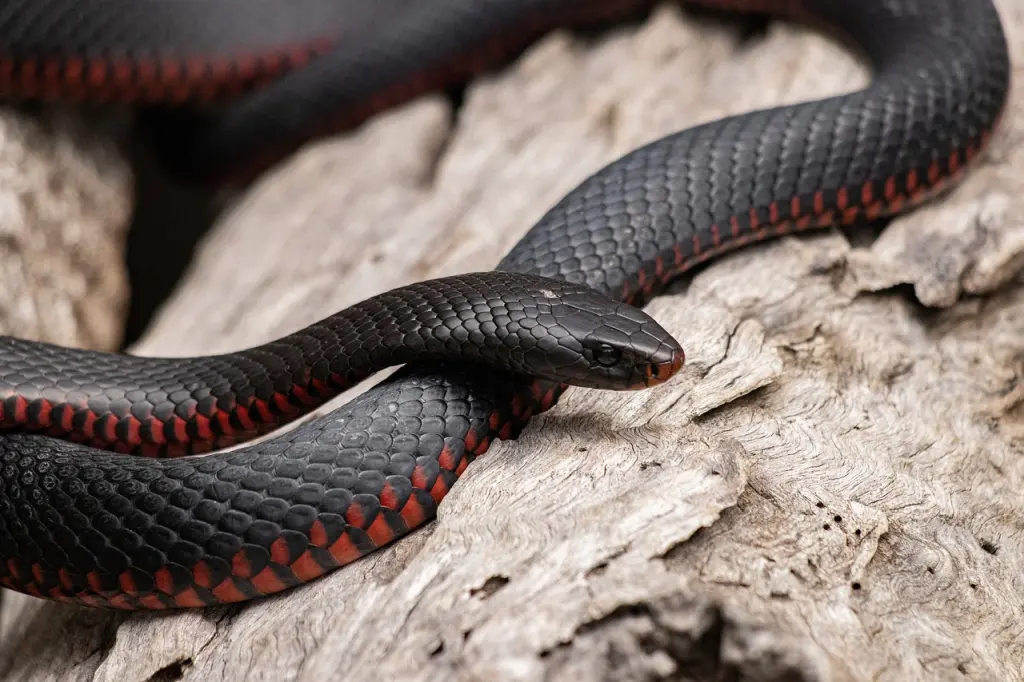
These snakes are carnivorous, feeding predominantly on small vertebrates. Their diet consists of frogs, lizards, small mammals, and occasionally other snakes. They employ a method known as constriction to subdue their prey, coiling their bodies around the captured animal and squeezing until it succumbs to asphyxiation.
Reproduction and Life Cycle
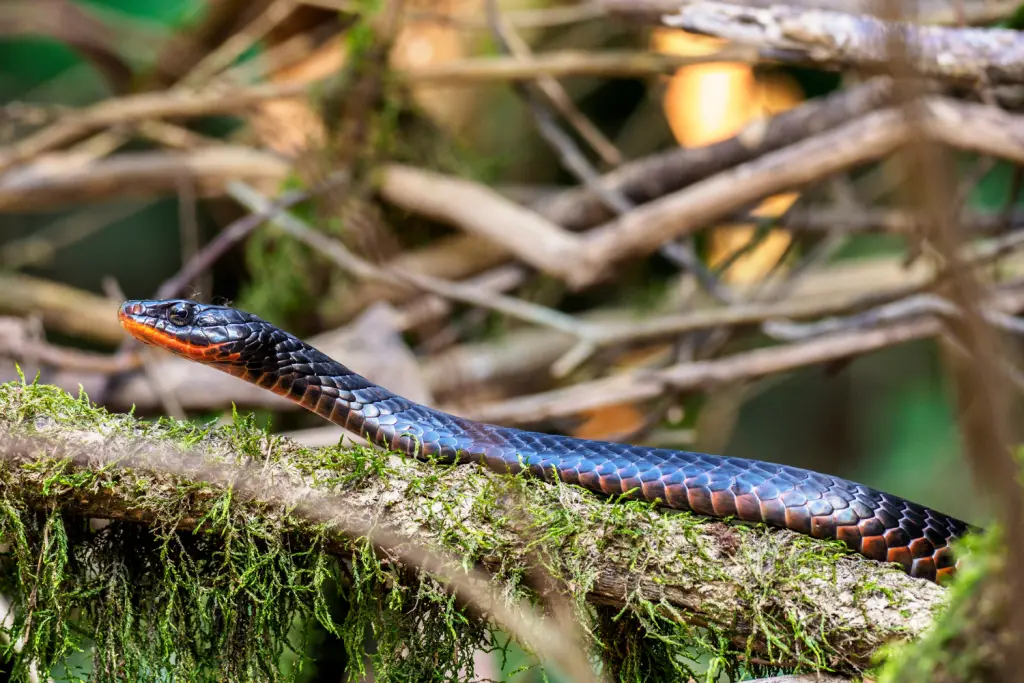
The Red-bellied Black Snake has a complex and intriguing reproductive process. Breeding typically occurs in spring, during which males engage in combat for the opportunity to mate with receptive females. The combat involves intertwining their bodies, attempting to overpower their rival through a show of strength.
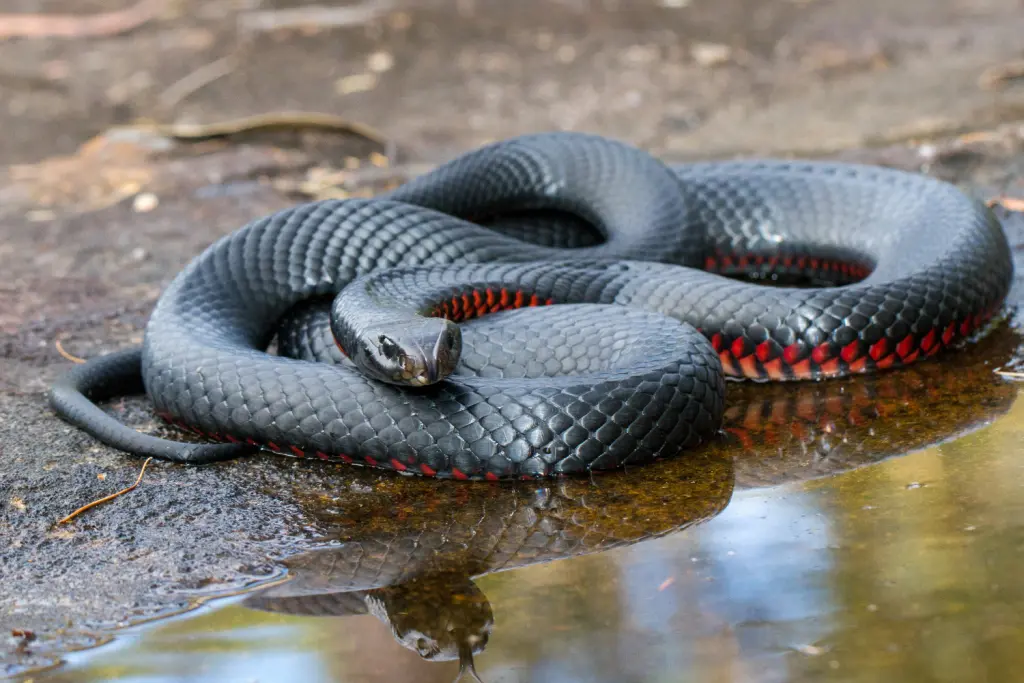
After successful mating, females embark on a lengthy gestation period of approximately three months. They then give birth to live young, with litters typically consisting of 5 to 20 offspring. These newborns are remarkably independent from birth, able to fend for themselves immediately. They possess venom, albeit weaker than that of the adults, which they use to subdue their prey.
Role in the Ecosystem
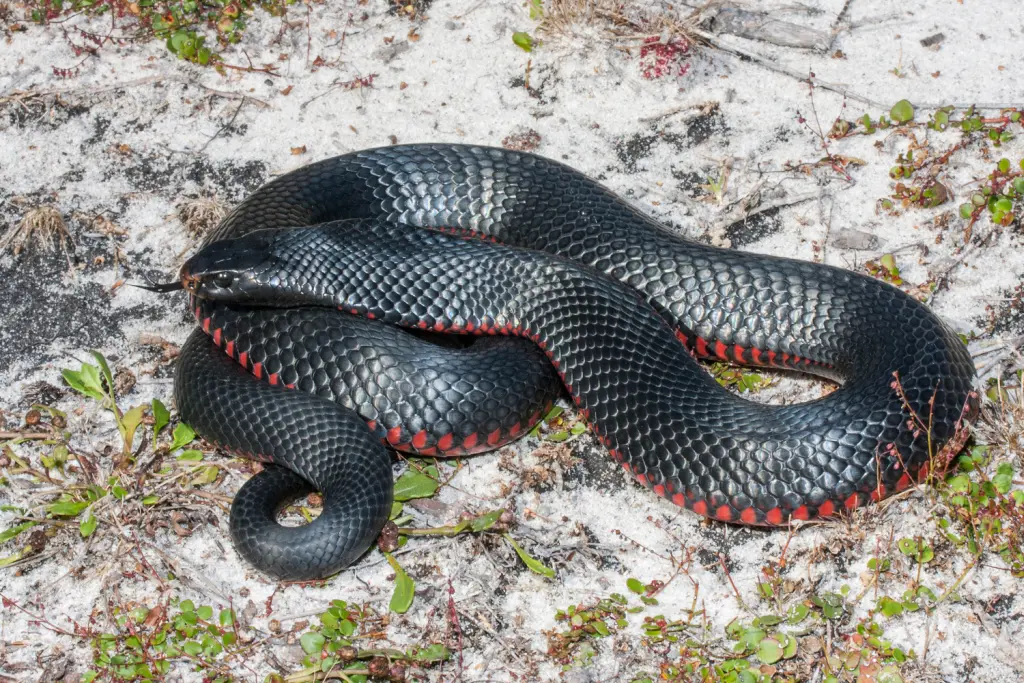
The Red-bellied Black Snake plays a crucial role in maintaining ecological balance within its habitat. As an efficient predator, it helps control populations of small mammals and reptiles, limiting their impact on ecosystems. Additionally, the snake’s preferred diet of frogs makes it an important component in regulating amphibian populations. By preying on frogs, it can help control their numbers, preventing overpopulation and its potential negative consequences.
Final Thought
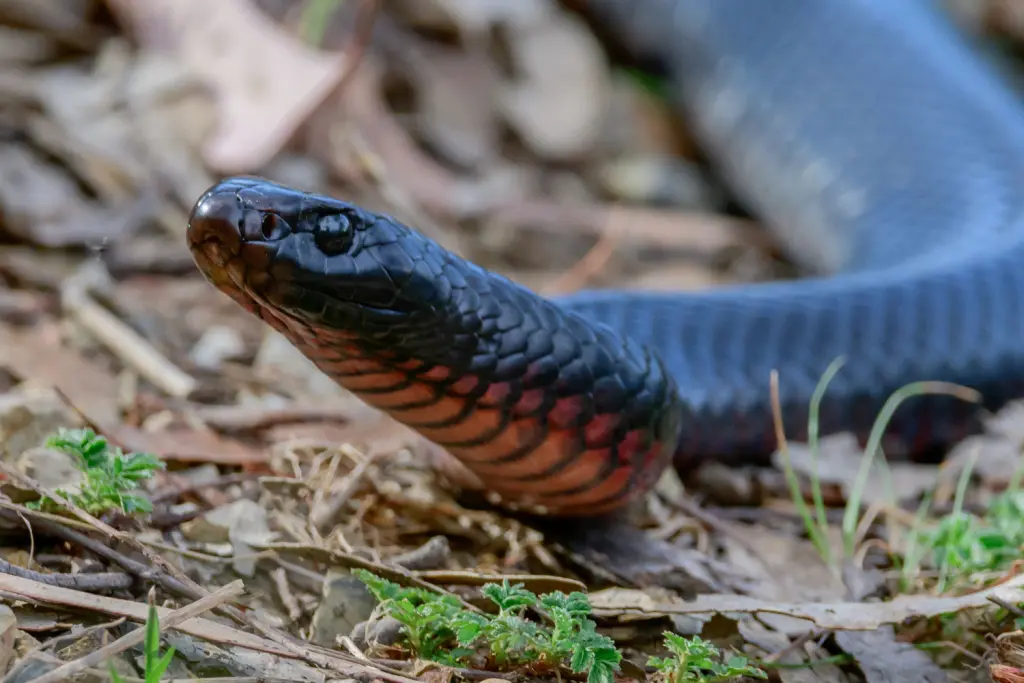
The Red-bellied Black Snake is a captivating and ecologically significant reptile found in the diverse landscapes of Australia. With its distinct appearance, fascinating behavior, and crucial role in the ecosystem, this snake is a testament to the incredible biodiversity of the region. By understanding and appreciating the Red-bellied Black Snake, we can foster a deeper connection with the natural world and promote its conservation for future generations.

